Psychotherapy for Anxiety
Anxiety can cause us to feel like we are losing control of ourselves, of our situation and of our minds. It is a protective alarm system that helps alert us to danger. But, if you suffer from excessive anxiety, your alarm system may be hypersensitive.
It can also be the result of an active, creative mind getting tangled up in itself. Usually this is through the generation of a variety of ideas; ideas that spiral out of control. Sometimes, our brains send us the wrong message and we panic, or worse, become depressed because we are simply overwhelmed.
Mindfulness is a tool that can be used to have your mind work for you, instead of against you. Other tools (that you will learn about below) can also be developed and will help you to have a plan in place that will allow for you to be better prepared to handle an anxiety attack when it comes on, and to help stop anxiety from getting worse.
Identifying Your Anxiety
Understanding your anxiety is the first and most important step, so you will need to ask yourself some questions and then come up with some honest answers. You may even find that some of these answers are obvious while others lead to startling realizations or more questions.
Try answering the following questions. It is best to write down the answers so that you can review them any time you need to and you will have them to refer to later.
- What is happening when you first start to feel anxious?
- Is there someone, or multiple people, in your family that also suffer from high anxiety or depression?
- Is there anything that just thinking about it that makes you anxious?
- Who can you talk to about your anxiety?
- Do you have any physical signs or symptoms? Such as:
- Headache
- Tight chest
- Difficulty breathing
- Sweating
- Other (the list can be long)
- What are your top triggers? Can you identify them?
Tracking Your Anxiety
Tracking your anxiety is a key tool in identifying patterns that may creep up on your and will help you to respond to them in a positive manner and hopefully not with the usual panic you feel. Bullet journals are a more recent and quicker way of keeping track of the day-to-day, without the length of a traditional journal. There are a variety of examples on Pinterest from which you can choose.
When you identify an anxious moment, it is also important to note what you were thinking during this moment.
What was the intrusive thought, what were your physical symptoms, and give your anxiety a rating from low to high. Then, you will want to review your journal either at the end of the day or the end of the week, depending on the frequency of anxious episodes you experience.
By noticing your patterns, you will be better able to tackle them with the proper knowledge and strength that you will process from applying the tools you have learned. Keep in mind that avoiding any triggers or patterns will not help you in the long run but rather will prevent you from moving forward.
Avoidance also has a habit of making a situation worse, because you will continue to build the anxious thoughts up in your head making them seem worse than they actually are. You should remind yourself daily that avoidance may provide short-term relief but is not a permanent solution.
Learning how to face an anxious moment head-on will ultimately be what will allow you to move forward with your life.
Watch for our next post that has practical mindfulness tips and techniques you can use to help calm and ease your anxiety.
